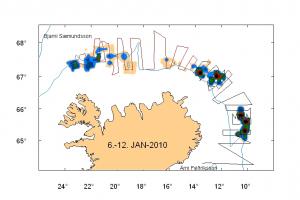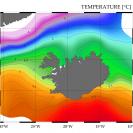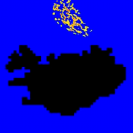Movements of living organisms have for centuries fascinated their observers. In recent year, much effort has been devoted to answer the question of what drives the complex behavior and patterns exhibited by organisms. Flocks of birds, swarms of locust, a cluster of bacteria and fish schools are examples of such.
Although such systems of individuals can be very complex, the key observation is that the individuals are all very similar, have the same desires and needs, and all follow the same behavioral cues. This results in collective behavior and a group of animals can seem to move as a whole.
These types of models exhibit complex behavior that can be analyzed analytically and numerically. Continuum limits can be derived; both temporally, which usually results in a set of ordinary differential equations, and the limit of infinitely many particles yields a set of partial differential equations.



